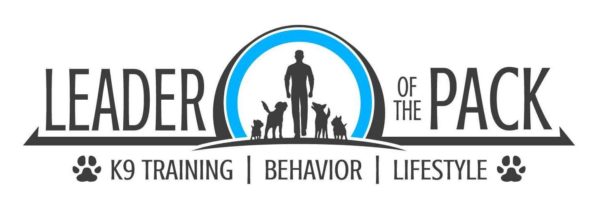Bringing Your New Dog Home
Congratulations on your new dog! I’m sure you are excited and can’t wait to bring your new best friend home. Let’s make sure you are creating a safe environment for the dog and everyone at home by following these guidelines.
1. First things first. If you have another dog, make sure you properly introduce your dogs to minimize the possibility of a fight. A bad meet and greet can be hard to overcome for most dogs, especially if a full-on fight takes place. Always introduce dogs outside on neutral ground and avoid tight leashes and face-to-face greetings. Do not allow bad manners from either dog like jumping onto or lunging towards the other dog.
2. Keep in mind that you are a stranger to your new dog and your home is a strange place. Take the time to observe your dog, allow them to come to you and others for petting while refraining from hovering over and reaching or forcing yourself on them. Be sure your dog is comfortable being pet around the face, head, and neck. Never hug a new dog and never assume the dog enjoys being touched anywhere. Keep an eye out for signs of discomfort, ie; avoidance, lip licking, looking away, head down, ears back, tail tucked, growling, lip lifting and obviously showing teeth. There is no such thing as a dog who bites without warning.
3. Do not allow your new dog to roam freely around your house, keep them on a leash!!! Yes, a leash. And yes, you have to hold it. This will help you out tremendously, I promise. Having your dog on a leash around the house means you can better observe them while simultaneously preventing bad behaviors like peeing/pooping in the house, chewing, jumping on furniture, jumping on people, jumping on counters, digging, garbage raiding and more. It also gives you more control if you need to calm the dog or move the dog, instead of reaching for the collar, just guide them with the leash. If you need a break, tether the leash or use a crate. You can promote calm behavior by placing a bed near you while the dog is on leash, preventing them from wandering and encouraging them to lay and stay on it by rewarding with food, bone or stuffed kong .
4. Crate train your dog! Get your dog used to the crate or exercise pen even when you are home. When you are not home, use a crate, exercise pen or a small room (if you don’t want to use a crate, although this leaves room for potential damage to your home) to confine your dog and limit their movement in the house while you’re away. If you have other dogs, this is an absolute must. Do not risk the possibility of a dog fight by leaving the dogs out together.
5. Observe, observe, observe!! Get to know your dog and bond with them. Check and see how your dog responds to direct eye contact and avoid staring for too long, this can be mistaken for a threat or challenge to some dogs. Watch all interactions with your new dog. This is especially important if you have children and other animals in the home. You want to make sure that all interactions with other pets and family members go smoothly. Keep an eye out when the dog is eating, has a toy, or a bone. Never assume the dog is okay with being touched while eating/drinking, chewing a bone or having a toy taken. Pay attention to body language.
6. Work with and train your new dog! Training doesn’t have to be hard. Look at it this way, behaviors that are rewarded are more likely to occur and behaviors that are discouraged or corrected are less likely to occur. Use your dog’s food to encourage and promote good behavior by only feeding when performing a task like “sit”, “down”, “come” or walking alongside you. No need to give food away for free in a bowl, make the dog work for it and help them learn something that benefits the both of you in the process. Praise, attention, and touch can be rewarding for most dogs, so give them these when the dog is calm or offering a behavior that you like.
I know that you’ve just saved your new dog’s life and you probably want to show them how safe they are and how much you love them. But remember that your dog has previous life experiences that you know nothing of. Play it safe and get to know the dog first. Set rules and boundaries to help establish a leadership role and remember, leadership is a learned endeavor that is not reached through dominance or bullying nor love and affection, but through communication and guidance with rewards and consequences.
LEAD AND THEY WILL FOLLOW
Article written by Antonio Diaz, owner of Leader of the Pack .Anotonio can be be contacted through his website; www.leadyourpacklv.com or by email or phone[email protected] 702 840 2199.
